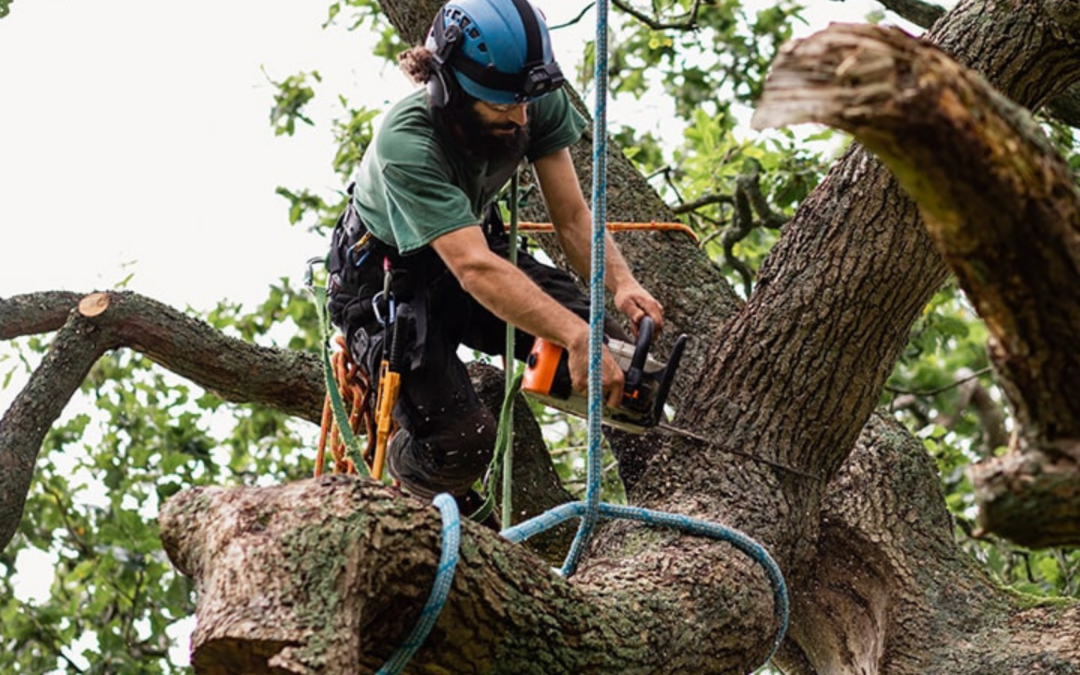
Tree Trimming Service In Houston is essential to keeping your landscape healthy, beautiful, and safe, especially in a climate like Houston’s. The unique weather patterns in Houston, with high humidity, heavy rain, and occasional hurricanes, make regular tree maintenance crucial. So, how often should you trim your trees? Here’s a guide to help you decide the right schedule for your tree care needs in Houston.
1. General Tree Trimming Frequency
In general, most trees benefit from pruning once every 1-3 years. This schedule ensures that the tree’s structure remains healthy and minimizes risks from overgrown branches. However, specific factors like the type of tree, its age, health, and Houston’s unique climate conditions can all affect the ideal trimming frequency.
Young Trees: Trimming young trees every 2-3 years is beneficial for shaping and promoting proper growth. Early trimming encourages a strong central structure, which helps trees withstand Houston’s winds and heavy rainfall.
Mature Trees: For mature trees, pruning every 3-5 years is usually sufficient. Older trees typically need less shaping, but maintenance trims can help keep their canopy healthy and reduce risks from dead or weak branches.
2. Seasonal Considerations in Houston
Seasonal timing is crucial for tree trimming in Houston. Generally, the best time to prune trees is during the late winter when trees are dormant. This period allows the tree to heal and grow new branches as spring arrives. However, Houston’s climate also means that storms and high winds can cause unexpected damage to trees, requiring some flexibility in the schedule.
Winter Trimming: Trimming in winter allows you to shape the tree without disrupting its growth. The dormant period minimizes the risk of pest infestation or disease transmission, making it the ideal season for major trimming.
After Storms: Houston’s frequent storms and hurricanes can cause significant branch damage, especially in the summer and fall. After a storm, inspect your trees for any weak, broken, or overgrown branches that might pose safety risks. Emergency trimming may be necessary to prevent damage to your property or neighboring areas.

3. Tree Health and Safety Factors
Trees with dead, diseased, or broken branches need more frequent attention. Inspecting and trimming these branches can prevent issues from spreading and ensure the tree remains healthy and stable.
Annual Inspections: Scheduling an annual inspection with a professional, like Texas Tree Expert, can help identify any issues early. These inspections can assess the tree’s overall health, check for pests or disease, and determine if any urgent trimming is required.
High-Risk Areas: Trees near power lines, buildings, or walkways may require more frequent pruning to ensure safety. Regular maintenance in these cases can prevent hazards, especially during high winds or heavy rains.
Hiring a Professional Tree Service in Houston
While some minor pruning tasks can be done on your own, it’s wise to hire a certified arborist for more extensive trimming. Texas Tree Expert provides professional tree trimming services that ensure your trees are healthy, safe, and well-maintained for Houston’s climate. With expertise in local trees and extensive knowledge of safe trimming practices, a professional service can help extend your trees’ lifespan and enhance the beauty of your landscape.
Conclusion
In Houston, tree trimming should be done every 1-3 years, depending on the tree’s type, age, and health. Late winter is the best season for trimming, but regular inspections and post-storm care may necessitate additional maintenance. For safe, effective, and reliable trimming, consider reaching out to Texas Tree Expert to keep your trees—and your property—in top shape year-round.








Write a comment ...